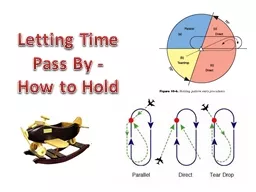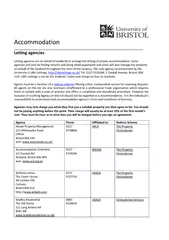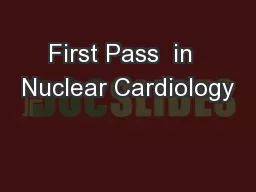PPT-Letting Time Pass By -
Author : olivia-moreira | Published Date : 2016-05-06
How to Hold Why Permits ATC to adjust traffic flow so that it fits into the separation standards congestion Maintains separation while awaiting further enroute
Presentation Embed Code
Download Presentation
Download Presentation The PPT/PDF document "Letting Time Pass By -" is the property of its rightful owner. Permission is granted to download and print the materials on this website for personal, non-commercial use only, and to display it on your personal computer provided you do not modify the materials and that you retain all copyright notices contained in the materials. By downloading content from our website, you accept the terms of this agreement.
Letting Time Pass By -: Transcript
Download Rules Of Document
"Letting Time Pass By -"The content belongs to its owner. You may download and print it for personal use, without modification, and keep all copyright notices. By downloading, you agree to these terms.
Related Documents














